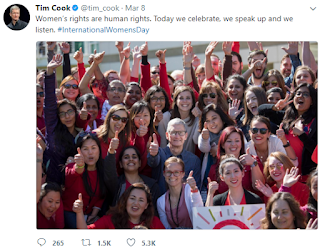We all get the same twenty-four -- what separates us is the way we use it. Good time management and discipline will do wonders for you when it comes to productivity.
Developing better time management skills doesn’t mean your life has to become all work and no play, either -- it can mean just the opposite. Working efficiently can mean more free time to do with what you please. Here are some tips for better time management.
1. Learn to say no
When you’ve got a full plate in front of you, it’s overwhelming and generally counterproductive to take on more. Everyone wants to be that friend or employee who is happy to take on a favor or step up and be the one that handles an important project, but as counterintuitive as this may sound, that’s often the irresponsible thing to do. Make your priorities just that: priorities.
2. Start every day with a to-do list
Each morning, establish right away what needs to get done. Tell yourself this is a “do” day, and make a list -- not too long, not too short -- of the things you’d like to get done today. The list should never be long to the extent where getting everything done is unattainable. Obviously, some tasks eat more time and carry more weight than others, and on days like these, a short list is just fine. Let checking off that box serve as some satisfaction.
3. Time management means work smarter, not harder
 To me, this philosophy has a variety of meanings. You can spend two hours a day doing the same job as someone who works a 9-5, and totally outdo that person.
To me, this philosophy has a variety of meanings. You can spend two hours a day doing the same job as someone who works a 9-5, and totally outdo that person.
Always be looking for a more efficient route to the end goal, because there almost always is one. I also find it helpful to focus less on the non-essential, and instead put that energy into making the essential things dynamite.
4. Eliminate the “I’ll do it tomorrow” mindset from your life
Procrastination starts (and ends) here. There is, however, a thin line between pushing yourself to be your best and simply going too hard. Let’s say you woke up, made your to-do list, worked hard and checked off boxes all day, but didn’t quite accomplish everything you wanted to.
Staying up until the wee hours of the morning to finish off that list is typically counterproductive, and will leave you on short rest for the next day. Let’s say, though, that you woke up with a goal and the productivity of your day more or less depended on it. Maybe you had a hard time getting going that day, and before you knew it, the afternoon turned to night.
Instead of taking it easy that evening and pushing the task off to the next day, get it done! Start tomorrow with a clean slate.
5. Pick one time-waster that you find yourself doing each day and instead turn it into work time
Flipping what is ordinarily non-productive time into work time can make it very easy to get every ounce out of your day. For instance, if you find yourself staying online (ex. scrolling social media) late into the night, well, that's obviously time not spent sleeping, so maybe try to flip it into a productive hour or two. This can be a huge help, too, in getting ahead of the next day.
6. Focus strictly on one task at a time
It’s a tale as old as time, right? Bruce Lee said it best: “The successful warrior is the average man, with laser-like focus.” A large part of this includes eliminating distractions. Leave your phone in a different room, only keep open the internet tabs you need. Let all of your attention fall purely on the current task.
It only takes a few minutes to truly get into a groove, but that rhythm can be just as easily disrupted when you try to do more than one thing at a time or are tempted by your surroundings.
For more tips and help with time and business management, contact Spotlight Publicity at www.spotlightpublicityonline.com.









